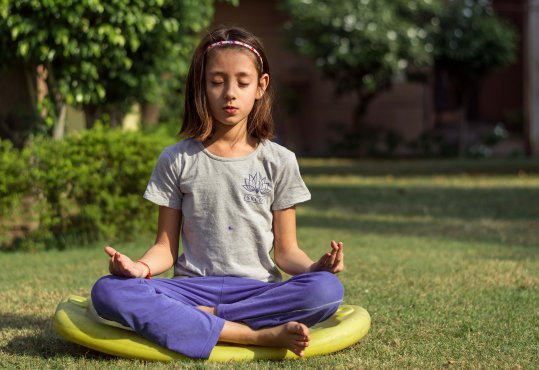Big and small stones– training attention.
Mindfulness exercises are a pleasant way to calm down and establish peaceful contact. This activity can be done with pre-schoolers and with older children. It also perfectly calms down adults.
If you have any pebbles at home, collect them in a bag. Tangerines, other fruits, cups, spoons or kitchen cloths will work as well. The idea is that each participating household member should have the same type of object. Sit comfortably, each with their own pebble or object in hand. Do the exercise, we all have our own stones now. Holding them, consider the following questions without saying anything yet: what does it feel like? Can you feel its temperature? Is it cool? Smooth or rather rough? Can you feel its weight in your hand?
Carefully, take the stone in one hand now. Stretch out both your hands in front of you. Can you feel the tension in your hand muscles? Now squeeze the stone in your hand. Can you feel its hardness? Does it resist your pressure or not? If you tighten your hand more, will the stone change its shape, bend under pressure? What is its temperature? Is it warmer than at the beginning of the exercise? Is it the same? Does it have any smell? What sound do you hear when you tap the stone gently with your finger?
Right here, right now.
You can expand this exercise and encourage the household members to look at their objects very carefully after opening their eyes. They should say what colour and shape they are and whether they have any special traits. After a moment of observation, ask them to put stones or other objects that you were touching during the exercise in the bag, then mix them and take them out. Did you find the one you were holding a moment ago? How long did you manage to be here and now?


